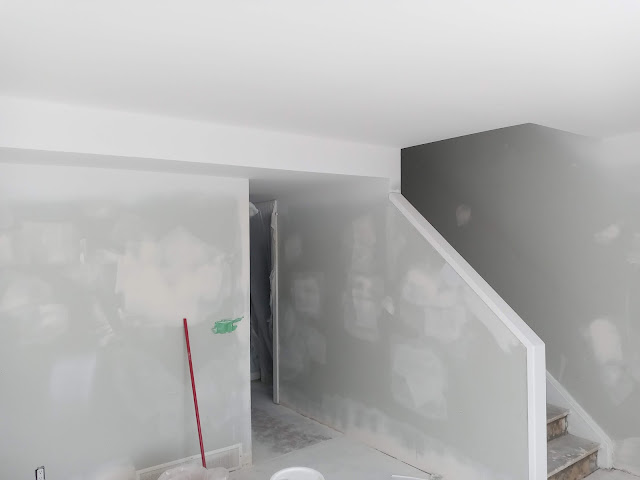Achieving a flawless and well-painted ceiling can significantly enhance the overall aesthetics of any room. However, there are several common mistakes that people often make when painting ceilings. In this article, we will explore these mistakes and provide valuable tips on how to avoid them, ensuring a professional and polished finish for your ceiling.
Insufficient Preparation:
One of the most critical aspects of any painting project is proper preparation, and this is equally true for ceiling painting. Many people make the mistake of neglecting the preparation process, leading to subpar results. Before starting, make sure to thoroughly clean the ceiling surface, removing any dust, dirt, or cobwebs. Use a mild detergent and water solution to eliminate any stains or grease marks. Additionally, don't forget to protect your furniture and floors by covering them with drop cloths or plastic sheets.
Inadequate Priming:
Priming the ceiling is an essential step that should not be overlooked. Primer helps create a smooth and uniform surface, allowing the paint to adhere better and achieve a more even finish. Skipping the primer may result in uneven color distribution and poor adhesion. Use a high-quality primer suitable for your ceiling material, whether it is drywall, plaster, or a different type of surface. Apply the primer evenly using a roller or brush, ensuring complete coverage.
Choosing the Wrong Paint:
Selecting the right paint for your ceiling is crucial for a successful outcome. Many individuals mistakenly use the same paint intended for walls on their ceilings, leading to disappointing results. Ceiling paints are specifically formulated to have a flat finish, minimizing light reflection and reducing imperfections. Opt for a high-quality ceiling paint that is designed to provide excellent coverage and hide any flaws or blemishes. Matte or flat finishes are generally recommended for ceilings.
Poor Lighting Considerations:
Lighting plays a significant role in how your ceiling appears. Neglecting proper lighting considerations can negatively impact the overall look of the painted surface. Take into account the natural and artificial light sources in the room and observe how they interact with the ceiling. It's advisable to test paint samples on a small section of the ceiling to see how they react under different lighting conditions. This will help you choose the right paint color that complements the room's lighting ambiance.
Ignoring Safety Measures:
Ceiling painting can be physically demanding and potentially hazardous if proper safety measures are ignored. Many people overlook safety precautions, such as wearing protective eyewear, gloves, and a dust mask. Additionally, consider using a sturdy ladder or scaffolding to reach high ceilings safely. Avoid overreaching or standing on unstable surfaces. Prioritize safety throughout the painting process to prevent accidents and ensure a smooth and stress-free experience.
Rushing the Process:
Painting a ceiling requires patience and attention to detail. Rushing through the job can result in uneven coverage, streaks, and other imperfections. Take your time to apply the paint in even strokes, working systematically across the ceiling. Avoid overloading the brush or roller, as it can cause drips and splatters. Allow each coat to dry completely before applying subsequent layers. Patience and careful execution will yield a beautifully painted ceiling.
Conclusion:
By being mindful of these common ceiling painting mistakes and following the tips provided, you can avoid them and achieve a flawless, professionally painted ceiling. Remember to invest time in thorough preparation, choose the right paint, consider lighting aspects, prioritize safety, and avoid rushing through the process. With attention to detail and proper execution, your ceiling will become a visually pleasing element that enhances the overall appeal of your living space.








No comments:
Post a Comment